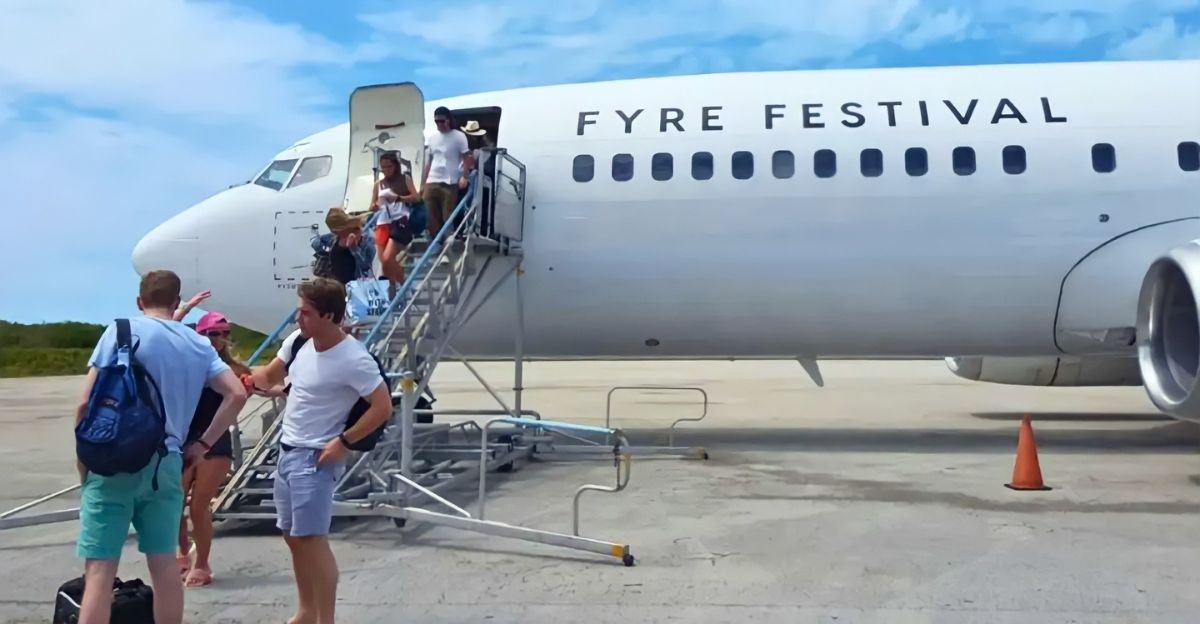
Billy McFarland watched bids crawl up to $245,300 in his livestream. He winced at how far below expectations it was – “Damn. This sucks, it’s so low,” he muttered. The week-long eBay auction, the site’s most-watched non-charity listing, drew 175 bids from around the world.
McFarland had privately hoped for at least $1 million for his brand, so the outcome felt like a rebuke. In the end, the winning prize covered under 1% of the $26 million he owes. He got only a reminder that Fyre’s once-proud branding had become a discounted commodity.
Attention Economy

Meanwhile, Fyre Festival became an “attention engine.” McFarland notes the fiasco racked up over 32 billion online impressions since 2016 – proof that a spectacle of failure can draw global eyeballs. He insists that “attention is currency”, and indeed, the auction listing itself touted Fyre’s massive viral reach.
Two documentaries and endless memes have kept the brand alive online. Today, marketing experts say even negative buzz is tangible currency: one analysis notes Fyre’s name still “carries massive cultural weight”, a reminder that its infamy became a lasting asset.
Festival Origins

The original Fyre Festival (April 2017) was pitched as a Caribbean luxury music event, co-founded by McFarland and rapper Ja Rule. A-listers like Kendall Jenner, Bella Hadid and Emily Ratajkowski hyped it on social media, and tickets sold for as much as $100,000 (VIP packages cost even more).
But when guests arrived, reality fell apart. They were greeted by FEMA-style disaster-relief tents instead of villas and scant rations – notably, pre-sliced cheese sandwiches served with no sides. The event ended abruptly, leaving many attendees stranded and igniting media outrage.
Legal Reckoning
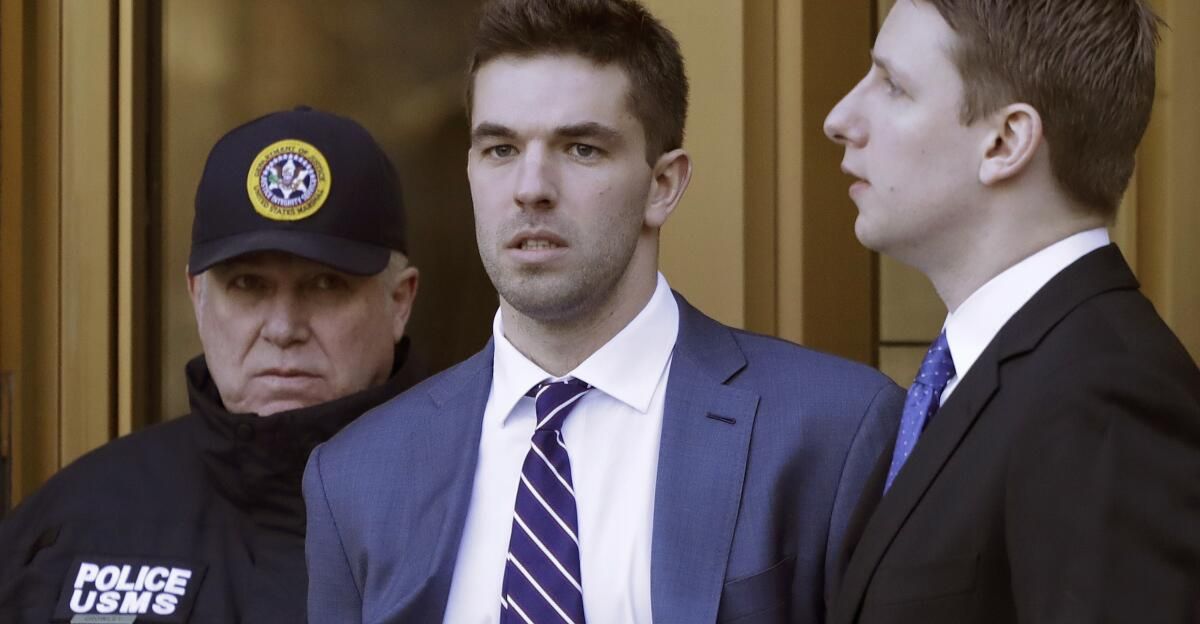
McFarland’s fraud extended far beyond one festival. While awaiting sentencing, he secretly ran a business called NYC VIP Access, supposedly selling tickets to exclusive events like the Met Gala, Coachella and the Super Bowl – none of which existed.
Prosecutors blasted this as “another fraud in McFarland’s disturbing pattern of deception”. He pleaded guilty to multiple wire-fraud charges (totaling over $26 million in losses) and in 2018 was sentenced to six years in prison. He served roughly four years and was released in 2022, but he still owes most of that money to his victims.
eBay Endgame
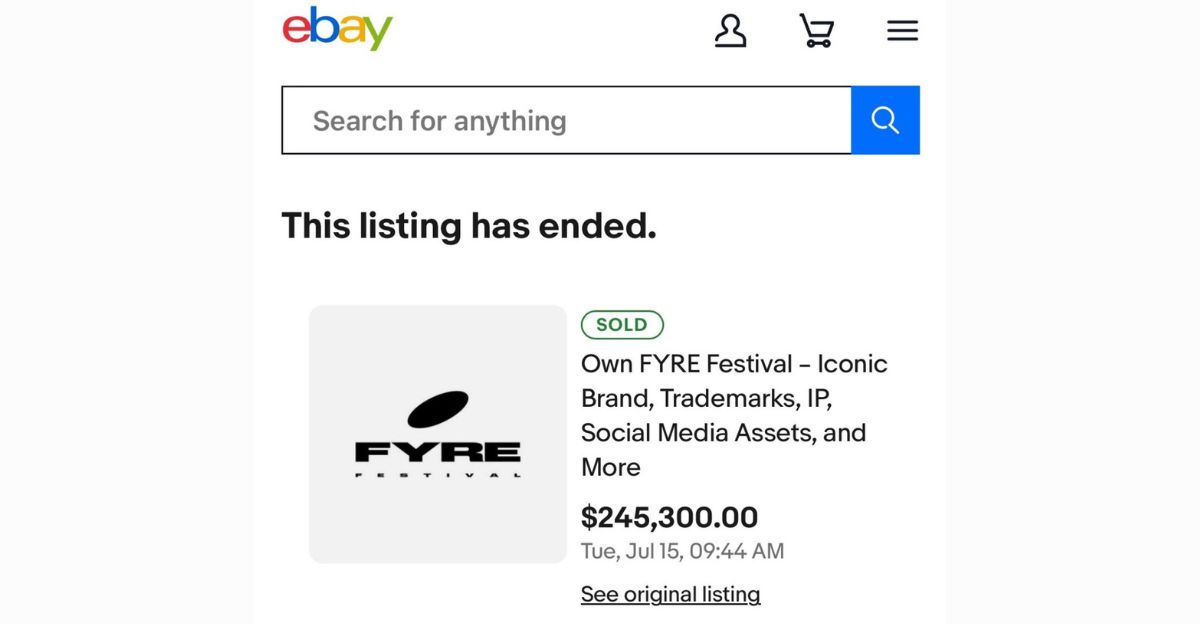
Years later, on July 15, 2025, the entire Fyre brand — trademarks, social-media accounts, domains, email lists and more — sold on eBay for $245,300. An anonymous new bidder placed dozens of final bids over the week-long auction, ultimately winning the package.
McFarland live-streamed the finale: he appeared deflated at the modest price before congratulating the buyer. For festival victims, though, the sale was little relief. Bahamian caterer Maryann Rolle, who paid festival workers from her own pocket, says “I was left in a big hole” by the ordeal, underscoring the gulf between McFarland’s farewell and victims’ reality.
Restitution Reality

Still, the $245,300 sale covers barely 0.9% of McFarland’s $26 million restitution order. Most attendees, investors and Bahamian vendors remain unpaid eight years later. Locals recall the damage: Maryann Rolle, a caterer, says “my life was changed forever, and my credit was ruined by Fyre Fest” after she used her savings to pay staff.
Federal asset forfeiture will likely swallow any sale proceeds first, so victims will see little of the money. McFarland’s lawyers insist he’ll focus on generating restitution, but after yet another disappointment, even supporters doubt he can repay what’s owed.
Digital Assets

For the buyer, the deal came with Fyre Festival’s entire digital footprint. The sale package included all official social-media accounts (Instagram alone had hundreds of thousands of followers), domain names and the database of past attendees. It even came with unreleased “behind-the-scenes” documentary footage and email/SMS marketing lists of luxury-event consumers. The buyer acquired a ready-made audience and content library.
Marketing experts note these assets still hold value: one who bought Fyre’s IP has launched a music-streaming network under the brand, arguing that an “infamous” name attracts attention.
Industry Impact

Beyond the event itself, Fyre’s fallout reshaped marketing rules. In 2020, model Kendall Jenner quietly paid $90,000 to settle claims that a paid Fyre post on her Instagram was undisclosed. Regulators like the FTC have since tightened influencer guidelines, and platforms now enforce clear ad labels. Event insurers and investors also became more cautious – promoters must now prove solid logistics and honest marketing.
Today, Fyre’s saga is taught as a business-school case study in due diligence and transparency. It’s become a cautionary tale of influencer marketing turned scandal.
Market Analysis
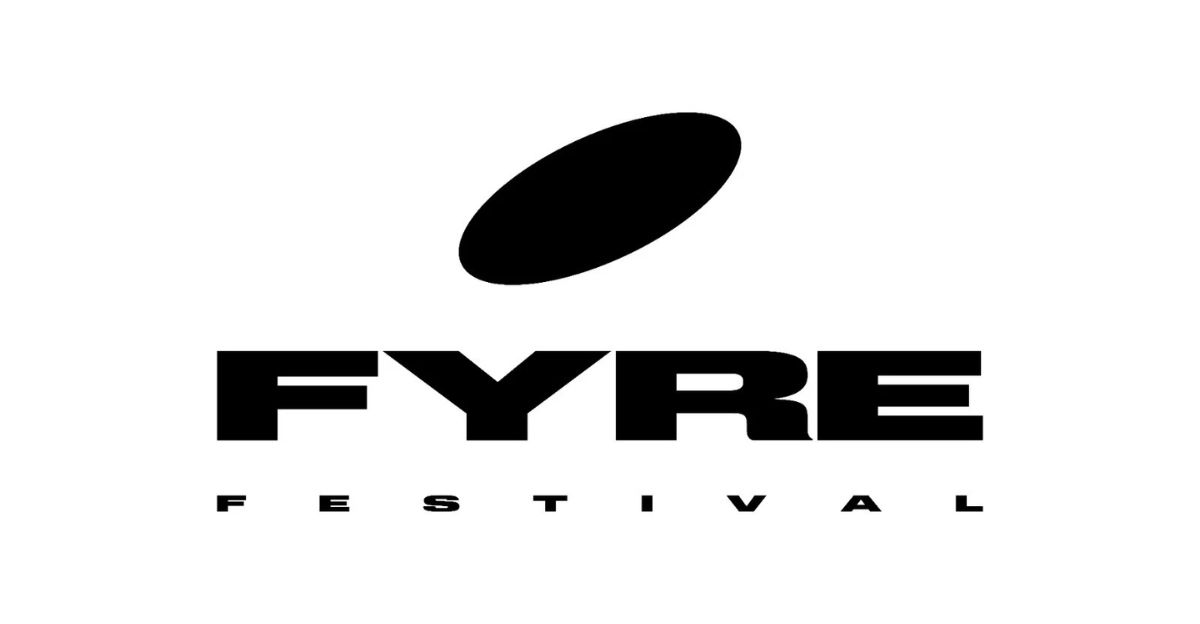
Analysts now debate the brand’s worth: even with its infamy, Fyre commands attention. Some experts call it “a poisonous brand”, doubting any legit revival could succeed. Yet the festival’s lore still has value. Ideas range from licensing Fyre’s story for film or streaming to staging tongue-in-cheek survival-style events that embrace its chaos.
The brand’s ongoing pop-culture buzz is an asset. Fyre may never deliver on its original promise, but its enduring notoriety gives it a second life as a marketing curiosity and content franchise.
Future Speculation
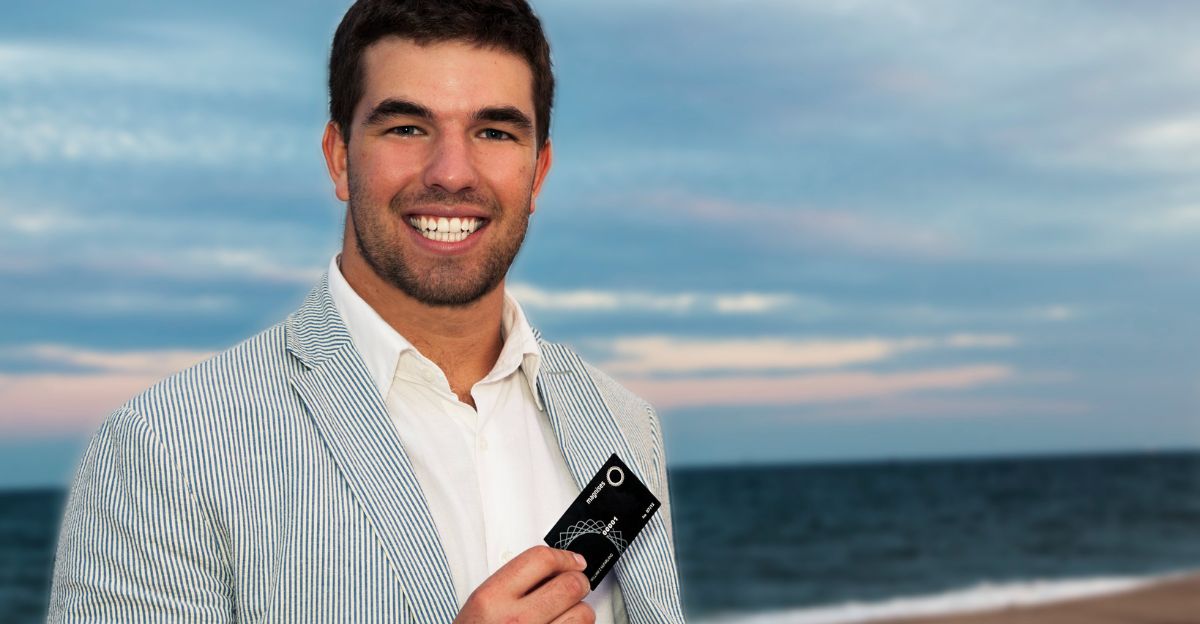
Ultimately, the sale leaves Fyre’s future uncertain. McFarland says he’s moving on to new ventures, and the anonymous buyer’s plans remain unknown – festival revival, satire or something else? McFarland still owns certain rights to the Fyre name, which could complicate any relaunch. But for many who suffered from the fiasco, the larger question is whether this notorious brand can ever be redeemed.
“My life was changed forever, and my credit was ruined by Fyre Fest”, one Bahamian caterer laments. In the end, only time will tell if Fyre can shake its reputation or if it remains a cautionary symbol of millennial marketing excess.